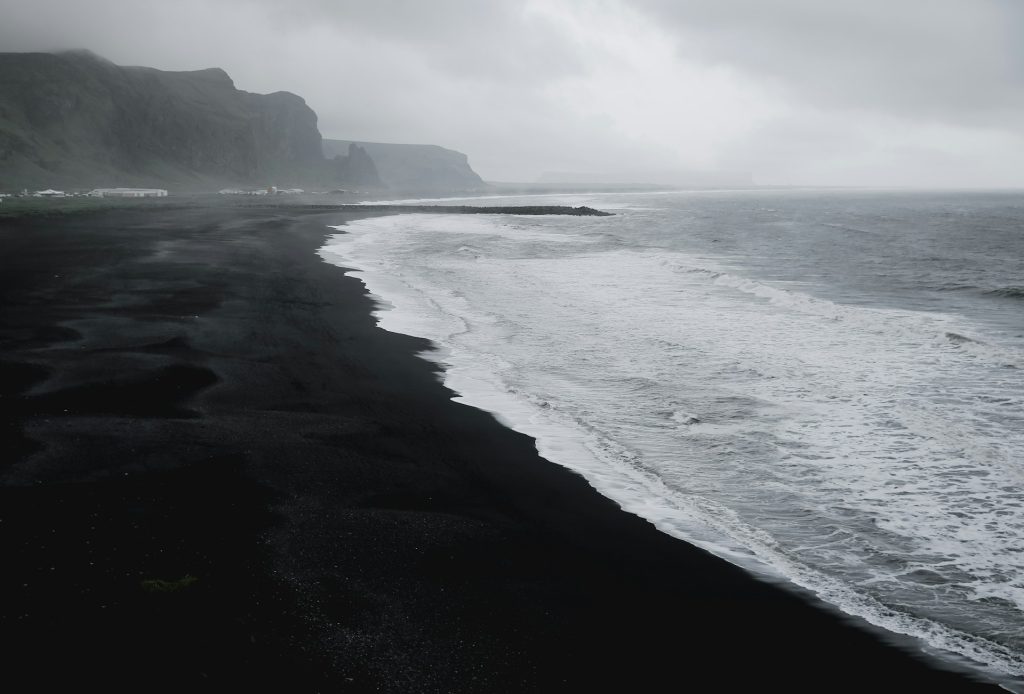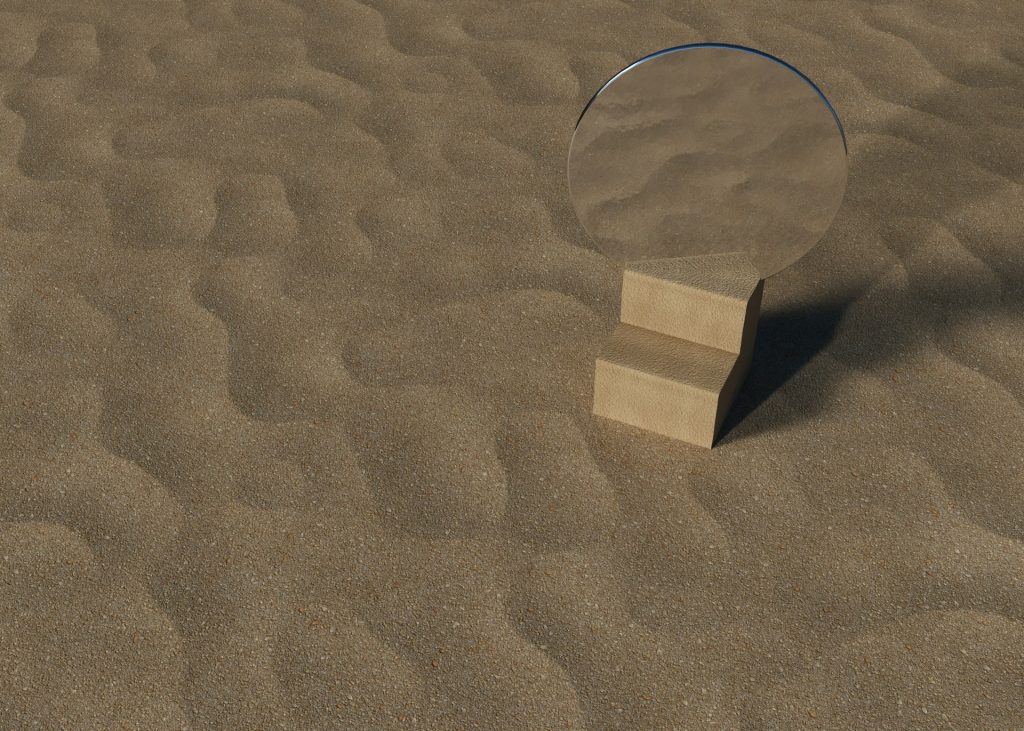The sands that grace the world’s beaches come in a breathtaking array of colors and textures. From the pristine white shores of tropical paradises to the volcanic sands of Hawaii, each beach boasts a unique identity crafted by its surroundings. But have you ever wondered how beach sand is created? In this exploration, we unravel the fascinating journey of sand formation, from the weathering of rocks to the intricate processes of marine life.

1. The Elemental Journey: From Rock to Sand
Beach sand originates from the humble beginnings of rock formations on land. Through the relentless forces of nature—rain, ice, wind, and temperature fluctuations—rocks undergo a gradual process of weathering. Large boulders yield to the elements, breaking down into smaller rocks, pebbles, and ultimately, grains of sand. This cycle of erosion and fragmentation unfolds over millennia, shaping the landscape and bestowing each grain of sand with its distinct character.

2. The Ocean’s Contribution: Shells, Coral, and Foraminifera
While terrestrial weathering plays a significant role, the ocean also contributes to the creation of beach sand. Shells, coral, and the microscopic remains of marine organisms serve as vital building blocks. Pounding waves break down shells and coral fragments into smaller pieces, blending them with terrestrial sands to form the diverse mosaic of beach sand. Remarkably, tiny creatures known as foraminifera play a pivotal role in this process. These single-celled protists construct shells from calcium carbonate, which, upon their demise, become integral components of beach sand. In Bermuda, foraminifera contribute pink-hued shells, lending the beaches their distinctive charm.
3. Volcanic Origins: The Vibrant Sands of Hawaii
In regions marked by volcanic activity, beach sand assumes a kaleidoscope of hues derived from volcanic minerals. The Hawaiian Islands, renowned for their striking beaches, bear testimony to this geological phenomenon. Red, green, and black sands owe their vibrant colors to the unique composition of volcanic rock. Iron-rich volcanic deposits yield crimson sands, while olivine imparts a verdant hue to the shores. Black sands, forged from obsidian—a type of volcanic glass—emanate an enigmatic allure, sculpted by the relentless forces of nature.
4. The Role of Marine Life: Parrotfish and Coral Reefs
The vibrant ecosystems of coral reefs play a crucial role in the genesis of beach sand. Parrotfish, voracious grazers that inhabit these coral havens, contribute significantly to sand production. Feeding on algae and coral, these industrious fish ingest sizable portions of coral skeletons, which are subsequently excreted as sand particles. The intricate dance of marine life, from the bustling reefs to the microscopic realm of foraminifera, underscores the dynamic interplay between land and sea in the creation of beach sand.

Beach sand is a silent storyteller, painting a picture of nature’s creative power. Each grain is a chapter from history, telling tales of earth’s formations and the life within our seas. From the sweeping curves of tropical paradises to the stark elegance of volcanic coasts, sand is the canvas for a world of diversity. As we stand in awe of the spectrum of hues and patterns that grace our planet’s shores, we’re reminded to treasure the simple yet profound elegance of beach sand, a masterpiece of natural design.





